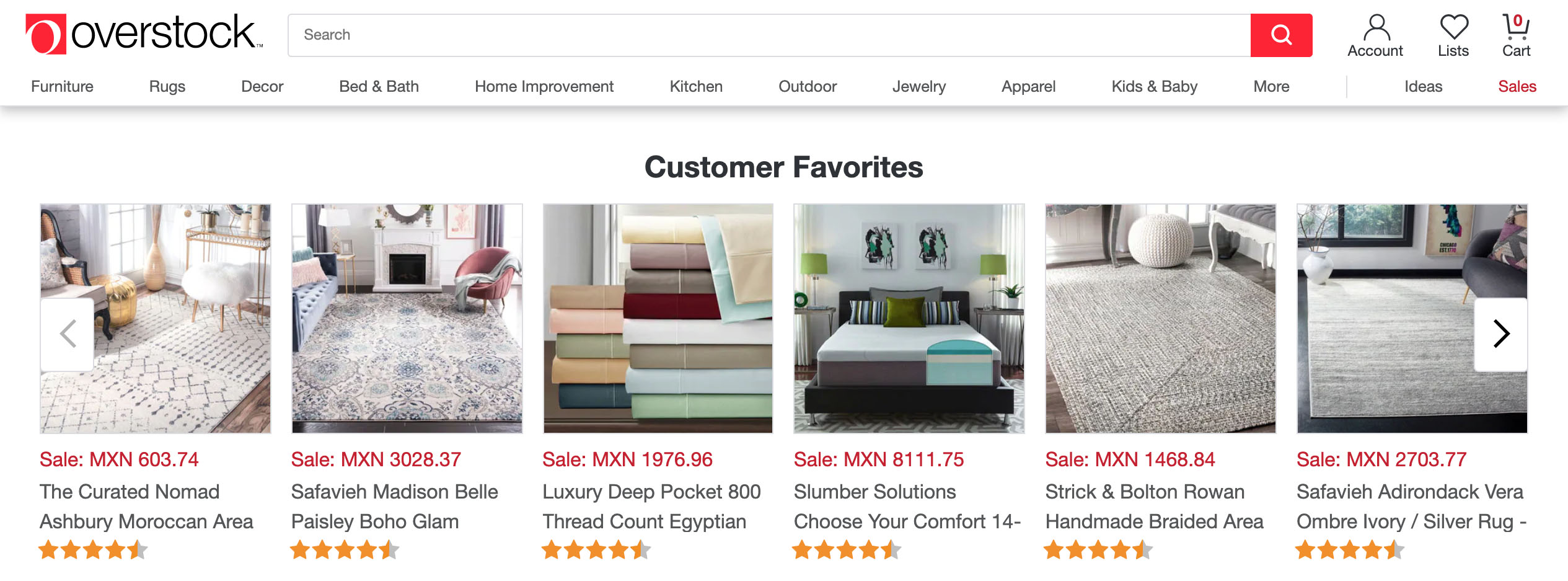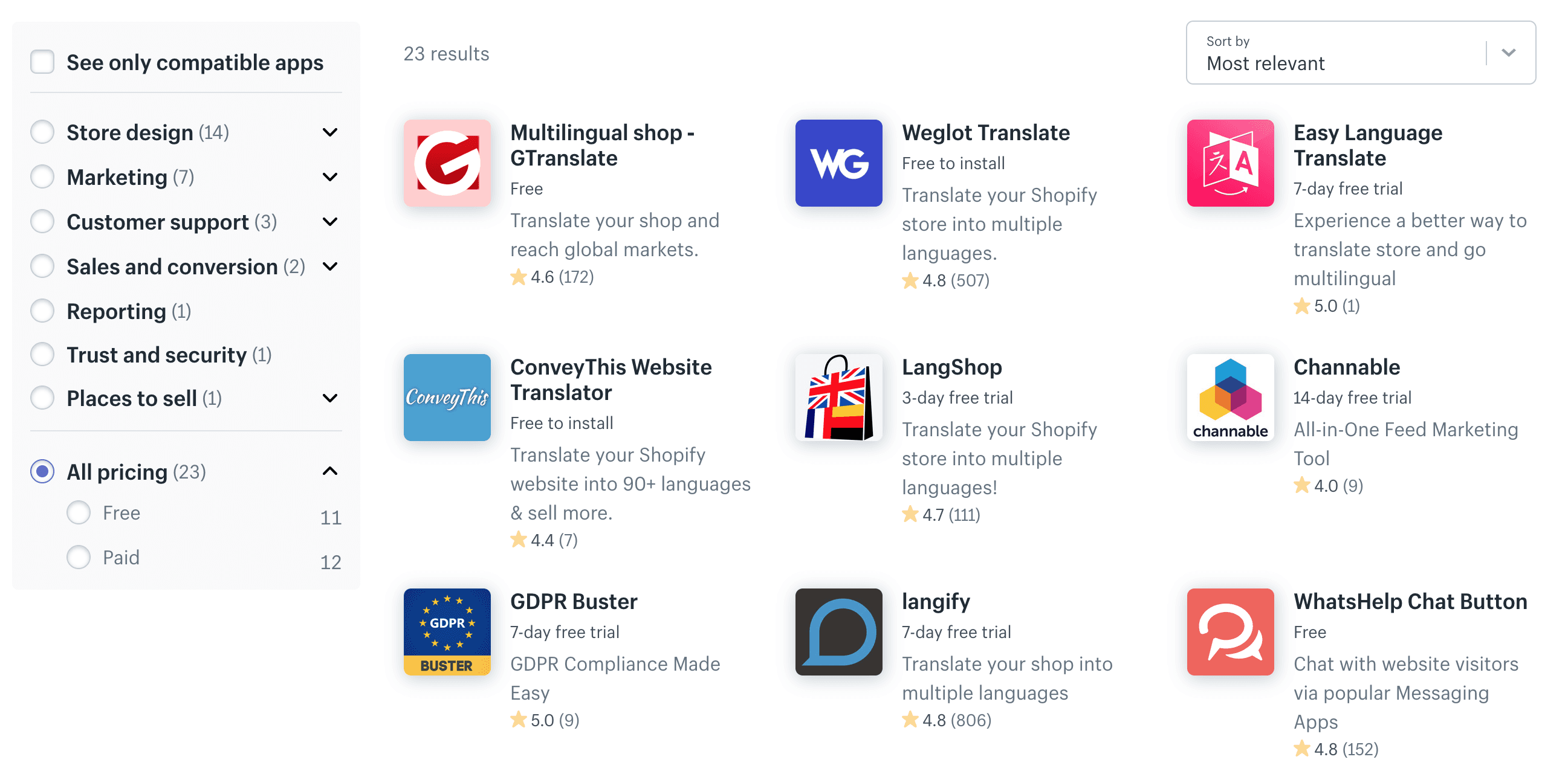Are you an e-commerce business owner who is looking to grow your business overseas? There are multiple decision points you will come across during this process. Beyond any doubt, using e-commerce platforms makes online shop owners’ lives so easy. Having a Shopify multilanguage website is not as hard as you think, and we prepared this guide to show you how to set up your online shop for your potential international customers.
If you are targeting customers that speak more than one language (it can be multiple countries or one country where users speak multiple languages) you have to offer your content and customer service in those languages. Of course, translating the content on your website into multiple languages can be challenging and expensive; however, we can’t stress enough the importance of this.
Consider your shop as a physical store. A tourist walks in and starts asking questions about your products. Do you think you will make any sales without answering even the basic questions? NO! Even if the default language of your e-commerce business is one of the most spoken languages in the world like Chinese, English, or Spanish; you have to offer the native language option for your target audience.
How do you think your customers will find you on the internet? They will search for the item in Google (in their native language of course) and click on one of the top three options they will get. You definitely need to get Google power behind you when you enter a new market.
Depending on your expectations from that “new” market, search engine optimization strategy, and budget, you can choose between translating only certain functions and sections, or having a full translation of your website. Let’s see some examples.
Some e-commerce businesses expand their business overseas without translating their online presence to those countries’ languages. This might be a frustrating shopping experience for the local users if they are not fluent in the default language. The main reason for this approach is to save money, but it usually results in having incomplete and inconsistent translations which impact customers negatively.
For instance, Overstock.com ships their products overseas, and they are hoping to receive international customers. As you can see from the screenshot below, they only convert prices to Mexican peso in their Mexican version of the website, but their menu, category names, product names, and descriptions remain in English.

The most successful online e-commerce websites do full translations. eBay, for instance, provides a full translation for its international customers. As you can see in the German version of their website in the screenshot below, every part of the site has been translated — even the banners. This might require more investment in the beginning; however, they definitely justify the returns on such investment.

You will face another trade-off when using native translators for your content when building your Shopify multilanguage website. In translation, there is a native speaker principle that states translators only translate into their native language. Surely, using a native speaker for the translation job has many benefits. Firstly, their vocabulary is extensive, which results in fewer repetitions and more elaborate content (search engines love it!). Secondly, native speakers are better at translating nuances. Culture also plays a vital role in marketing, and only native speakers will be able to pick some details. Finally, they can play with words effortlessly, which will give a natural touch to the translations.
On the flip side, hiring native speakers usually costs more. You can indeed find cheaper options for the translation of your content, but is that the trade-off that you are looking for? Luckily, technology also offers alternative solutions for those who would like to get results in the cheapest possible way.
As the computation power of our machines increased rapidly over the last century, computers gained the ability to read and understand the human language. The e-commerce industry has harnessed this power to free shop owners from some of the manual tasks like matching product categories, attributes, sizes, and translation. Machine translation is basically translating a natural language text into another by using an automated translation process. This process not only provides a reliable translation but it also analyzes keywords that sell! Another significant benefit of using artificial intelligence to translate your product catalogs is having zero human errors.
There are currently a bunch of reliable companies that provide this service. They use different algorithms for translation tasks. For shop owners who are looking for a company to take this task away from their hands, the learning curve might be steep in the beginning when choosing the best company. However, the benefits are tremendous and it is only going to get better as this technology excels in the future.
If you are using e-commerce platforms such as Shopify and Magento, you should take full advantage of these systems through their multiple language plugins. These plugins will help you on the technical side without requiring any coding skills. Moreover, these plugins are search engine optimized for multiple languages, which will help you in gathering visitors through Google searches. Finally, you can combine machine translations with human translations in some of these plugins. You can even invite translators to collaborate on your project. We will cover the Best Shopify Multilanguage Plugins and Best Magento Multilanguage Plugins in our upcoming articles!
Building your Shopify multilanguage website is not all technical. There are other details that you need to pay attention to. For instance, you need to figure out how to convert your prices, given that the exchange rates are dynamic between currencies. Furthermore, some retailers follow different strategies when they convert their prices into other currencies.
For instance, Steam, a digital video game distribution platform, offers different prices to different countries. One of the phenomenal video games last year is PlayerUnknown’s Battlegrounds (PUBG) that was priced at $29.99 in their US Store. In their Turkish store though, the same game was priced ₺87.00 (about $14.50).
So, translating prices may not be directly doing the math with the exchange rate depending on your strategy. Similarly, you should alter your metrics (and expectations) depending on your target audience, industry, and shipment agreements.
Investigating some of the big retailers will give you ideas on how to prepare your store to reach the international market. Amazon, for instance, branched out to many countries over the years with their retailer shop as well as with the services they provide. One of their biggest competitors, Alibaba also offers good examples for you to investigate more.
Finally, you should always stay one step ahead of your own competitors. If they have already entered the international e-commerce game before you, analyze them and find out what is weak in their services. By planning your strategy right and allocating your budget to build your Shopify multilanguage website, you can increase your revenue in no time.